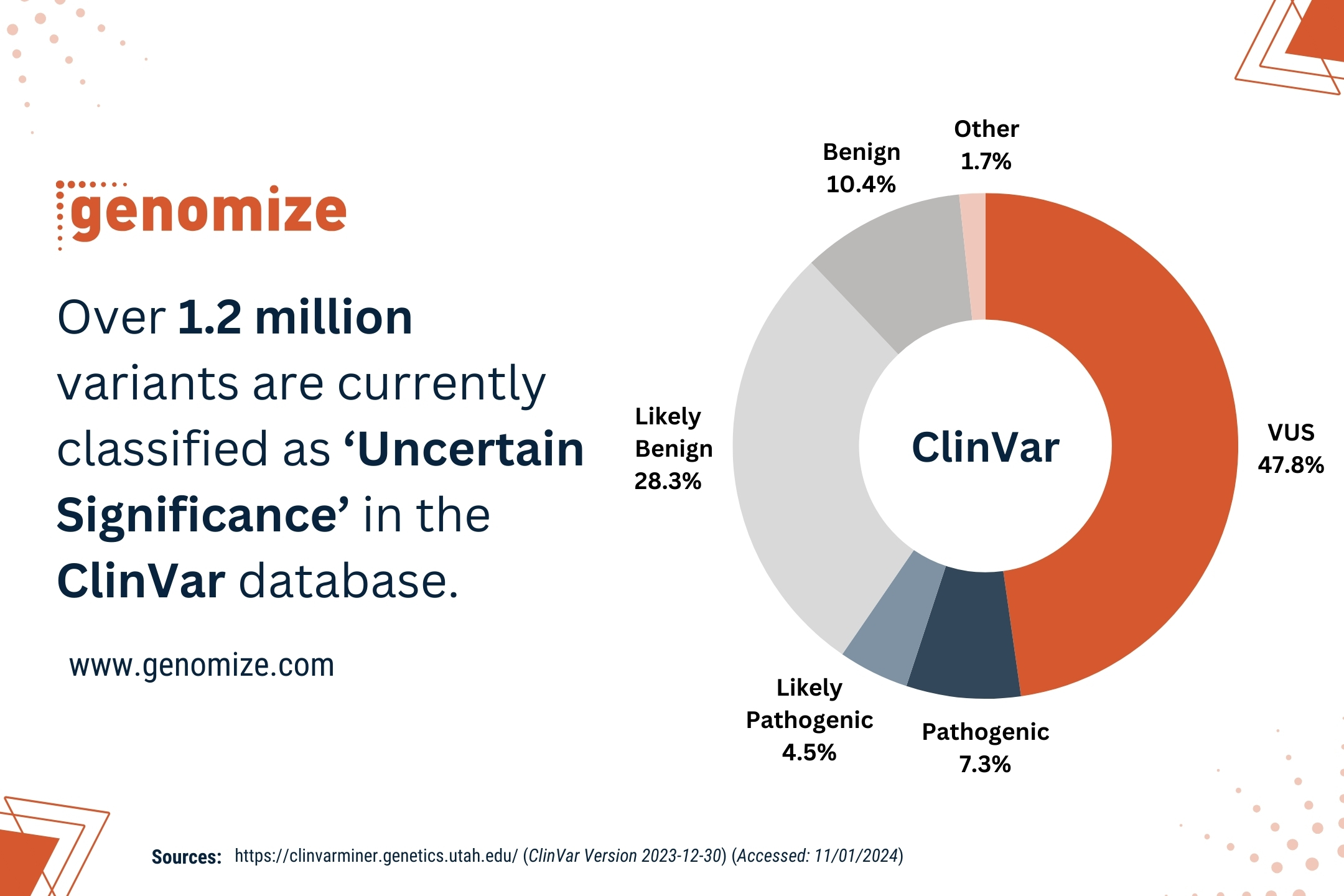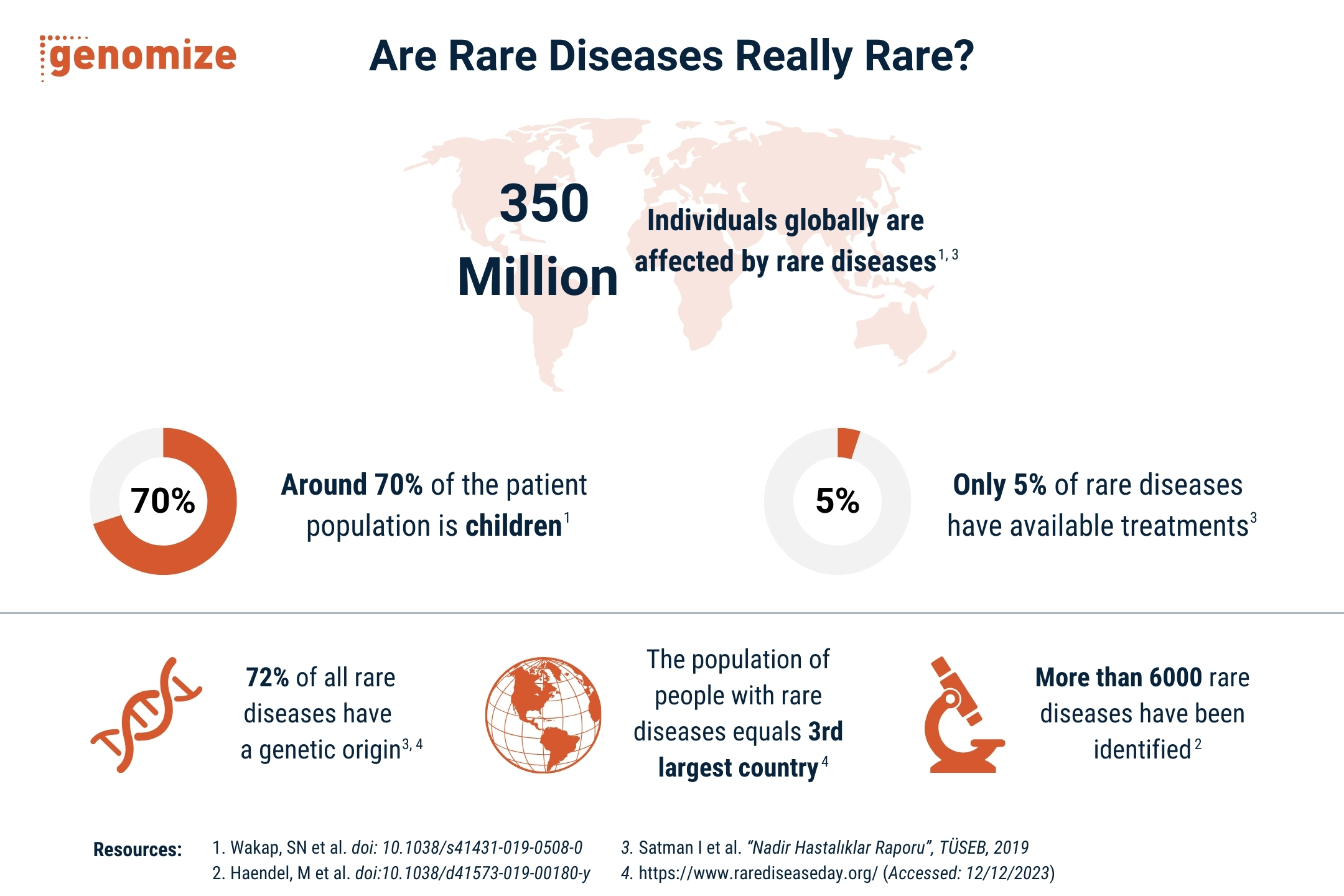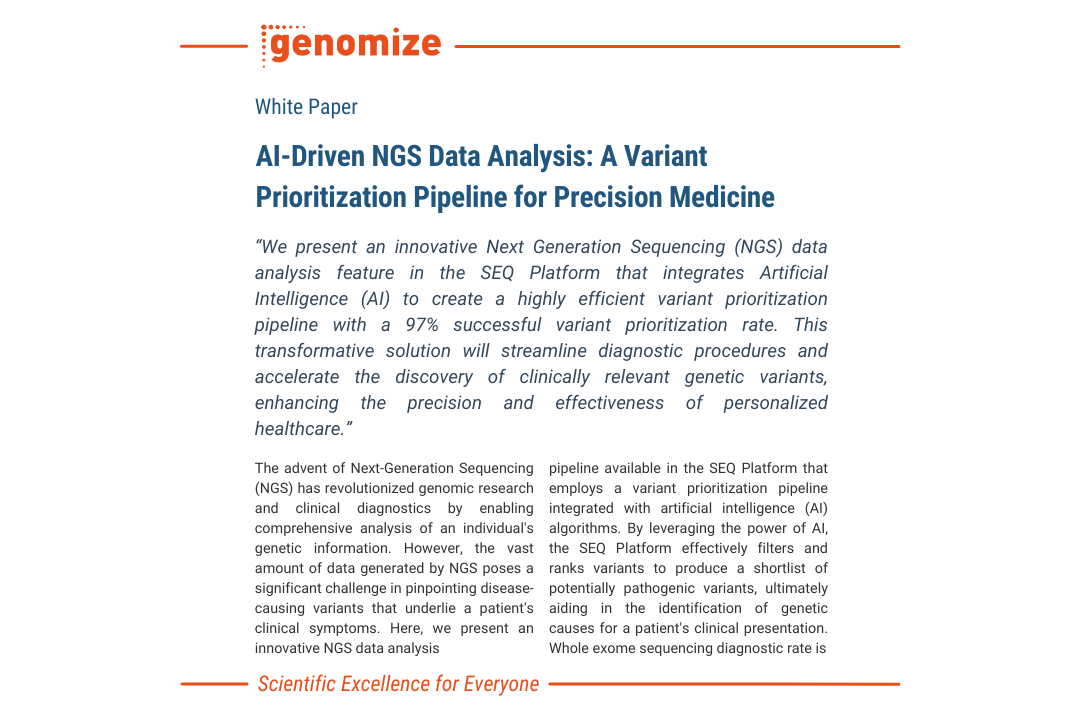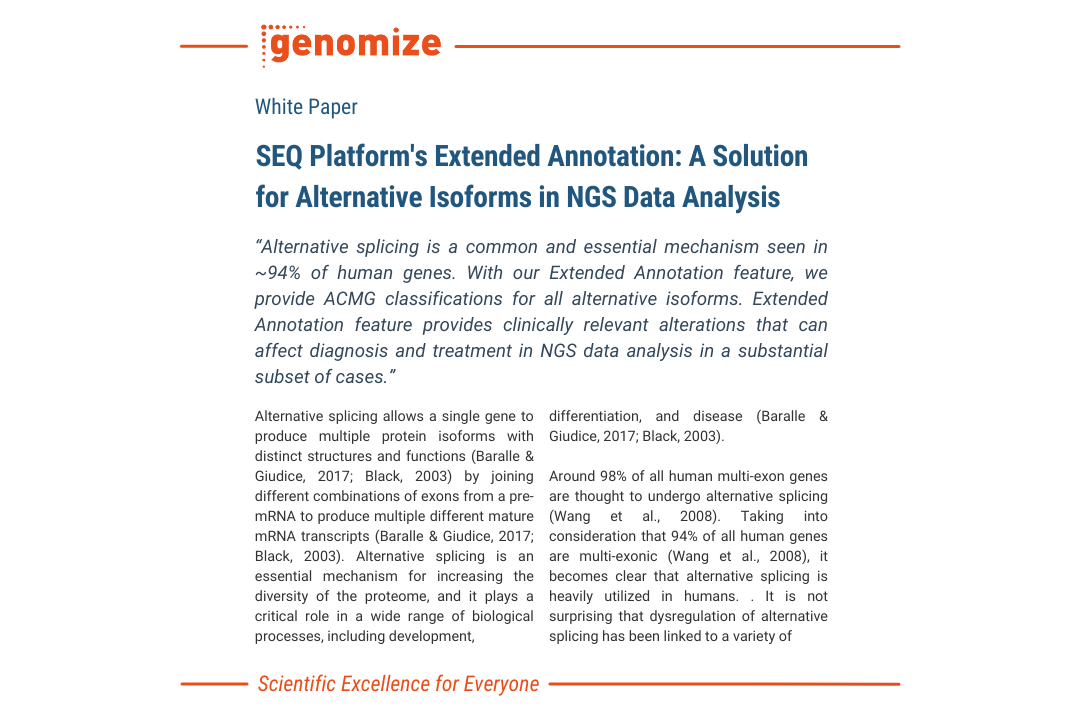A Novel Homozygous Germline Mutation in Transferrin Receptor 1 (TfR1) Leads to Combined Immunodeficiency and Provides New Insights into Iron-Immunity Axis
Ümran Aba, İbrahim Cemal Maslak, Canberk İpşir, Damla Pehlivan, Nicholas I. Warnock et al.
Details



